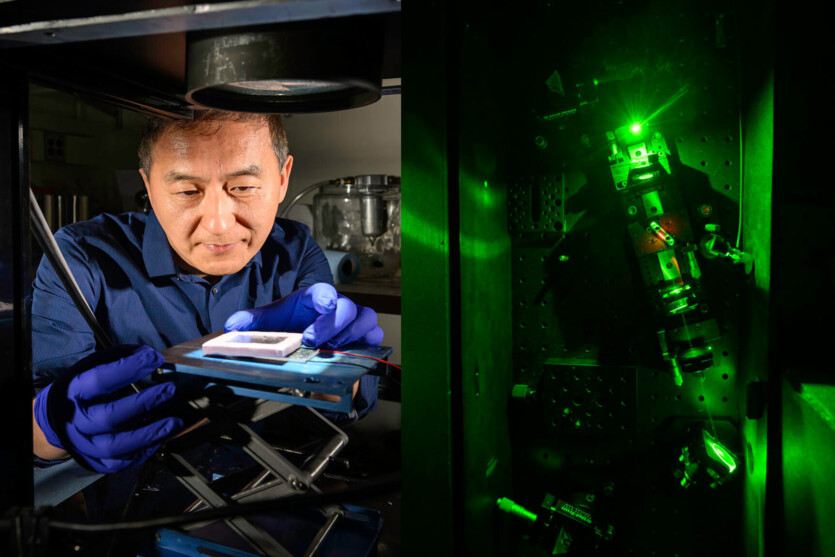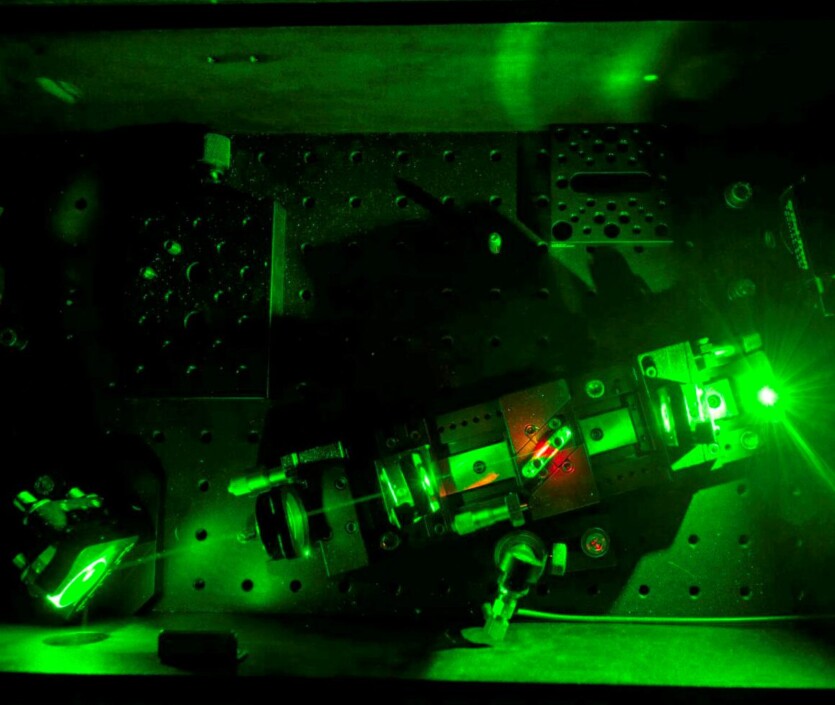
American researchers from the University of Rochester have used ferrous metal in a new design of solar thermoelectric generators.
These generators, also known as STEGs, convert various types of thermal energy into electricity. However technical limitations significantly limited their potential. The output power converts only 1% of sunlight into electricity — mediocre compared to about 20% for residential solar panels. The new design circumvents this limitation by providing precise control of each layer of the device. Some of the layers are made of ferrous metal.
Typically, STEG oscillators have a “hot” and “cold” side sandwiched between semiconductor materials, and the temperature difference between the sides generates electricity due to the Seebeck effect — the phenomenon of the appearance of an electromotive force between two contacts of different conductors at different temperatures. For decades, the focus has been on improving semiconductor materials to better control temperature differences.
According to a senior author of the study and a materials scientist at the University of Rochester Chunlei Guo, this approach has certain limitations, so he explored other materials. The design he created is based on three production strategies that make extensive use of lasers.
A team of researchers led by Chunlei Guo processed tungsten femtosecond laser pulses — ultra-short beams that strike the metal at one-quadrillionth of a second intervals — to turn it into ferrous metal. The material has been designed to optimize absorption of sunlight, minimizing unwanted heat loss.

They covered the treated tungsten with a piece of plastic, creating a “mini-greenhouse” that maximized the ability of the hot side to retain heat. The team again used femtosecond lasers to fabricate a special aluminum heat sink. The researchers explained that these nanostructures doubled the cooling efficiency of the cold side.
To verify their own development, the scientists conducted an experiment in which they tested the thermoregulation system by lighting LEDs. As expected, their installation allowed STEG to fully power the LED at maximum brightness at much lower light levels.
The results of the study were published in the journal Light: Science & Applications
Source: Gizmodo

Spelling error report
The following text will be sent to our editors: